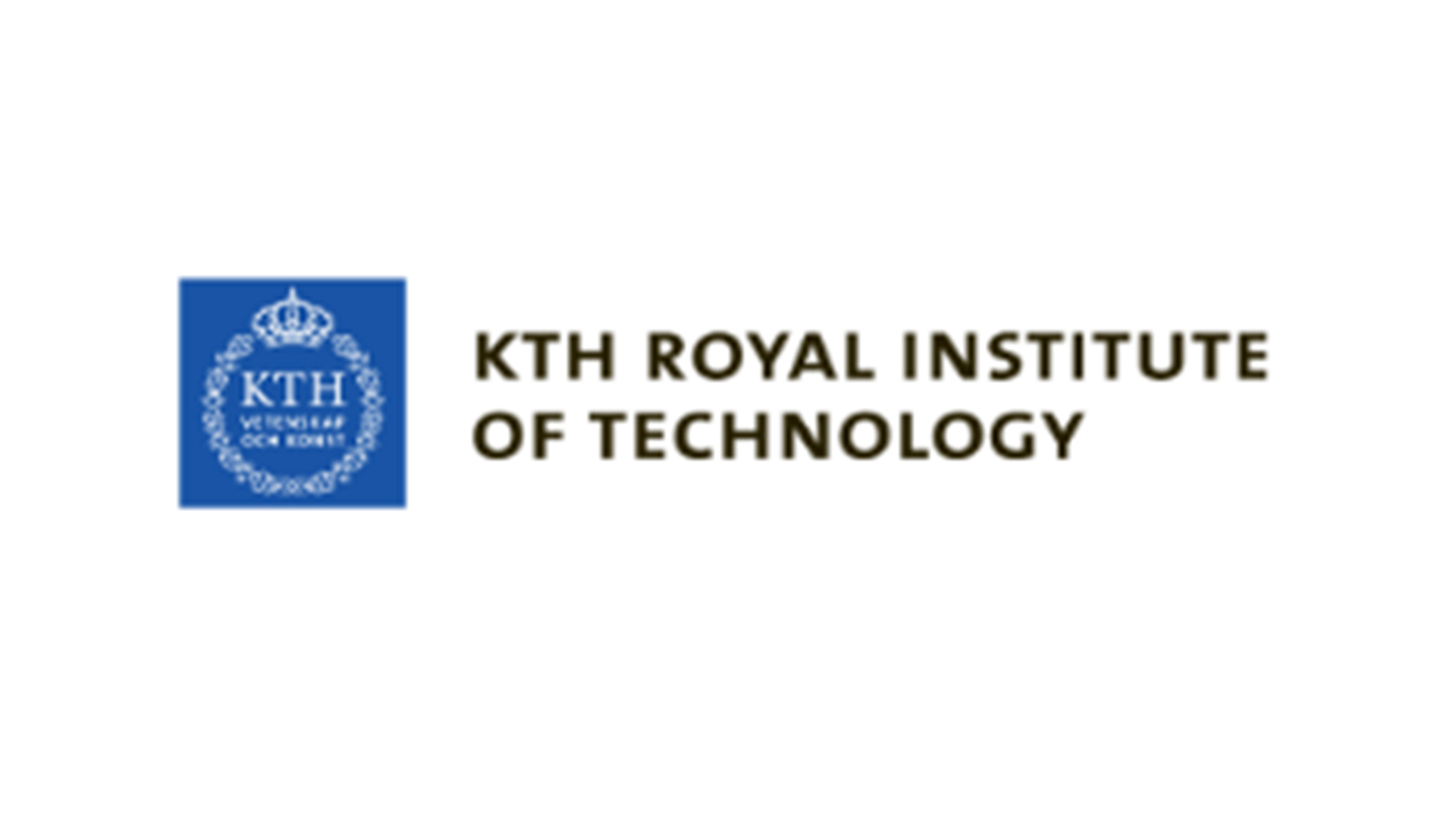Justin Chiu and Felipe Gallardo from the Vitality Division at KTH Royal Institute of Know-how talk about the significance of creating a round financial system for power storage.
Vitality storage (ES) is the important thing enabler to transition from a fossil-fuel-based financial system to a renewable-energy-focused society, as a result of its intermittent availability. Nonetheless, integrating ES into our cities and industries in a social, environmental, and techno-economical optimum means poses challenges.
At KTH’s Vitality Division, we’re addressing these questions from a round financial system perspective as a part of the challenge Round Techno-Financial Evaluation of Vitality Storage– IEA Annex Co-coordination, financed by the Swedish Vitality Company. As proven in Fig. 1, inside this challenge holistic methodological approaches to guage the efficiency – with modern metrics to optimise the choice, sizing and operation of ES applied sciences – are being developed, in addition to novel enterprise fashions with a particular concentrate on life cycle and interoperability.
Vitality storage within the international context
In a world situation of extreme anthropogenic local weather disaster, advanced geopolitics and macroeconomic worldwide relations affecting the worldwide power matrix dynamics, the function of power storage as a key enabler for the power transition – able to permitting additional penetration and performance of renewable power sources – has been largely acknowledged by worldwide organisations such because the Worldwide Vitality Company (IEA). Nonetheless, regardless of the present enthusiasm for ES, in the case of precise hands-on challenge growth, sure questions stay obscure and difficult to reply for stakeholders and policymakers. What ES expertise ought to be chosen and the way ought to or not it’s sized? How do boundary circumstances have an effect on ES initiatives technically and economically? How can we minimise the technical, social, and environmental impacts of an ES challenge whereas maximising the big selection of values that it could create?
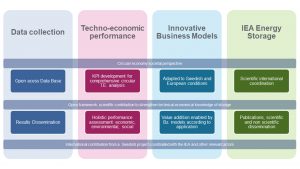
Affiliate Professor Dr Justin NW Chiu and his staff at KTH Royal Institute of Know-how’s Vitality Division are engaged on offering a transparent framework for stakeholders to reply these questions by the challenge ‘Round Techno-Financial Evaluation of Vitality Storage’. This challenge additionally represents the Swedish contribution to the worldwide collaboration initiated with Job 41 of the IEA – Vitality Storage Know-how Collaboration Program (IEA ES TCP) ‘Economics of Vitality Storage (EcoEneSto)’, the place researchers from Germany, Denmark, Austria and The Netherlands, amongst different international locations, collaborate. Particularly, KTH’s contribution in Subtask 1 focuses on assessing outdated and new ‘Strategies to guage ES economics’ from a holistic, round perspective throughout the worldwide challenge.
The objective is to develop strategies on evaluating power storage economics tackling the problem of ES choice, design, and operation and on improvements to the business and to policymakers to evaluate ES methods holistically for future enterprise situations. For this, it’s important to think about that the financial driver or the optimisation objective won’t be solely the least costly provide answer, however excessive reliability, low carbon footprint, small monetary uncertainty and international social acceptance are considered. These features are at present inconceivable to be optimised primarily based on standard metrics, equivalent to Levelized Price of Storage Capability, so new metrics for ES financial evaluation are developed incorporating circularity embedded by life cycle evaluation (LCA).
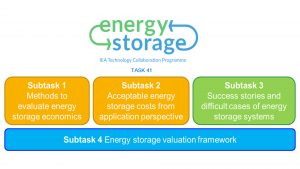
The round financial system and round power storage
Within the context of power storage, the idea of the round financial system (CE) is slightly profuse. As indicated by Kirchherr et al. (2017), “The round financial system idea has gained momentum each amongst students and practitioners. Nonetheless, critics declare that it means too many alternative issues to totally different individuals.”
The idea of CE may be traced again to the Fifties (Ghisellini et al. 2016). Nonetheless, Peace and Turner proposed one of many first formal conceptualisations in 1989, within the ‘Economics of Pure Sources and the Surroundings’ and, since then, the idea has been largely used and redefined a number of occasions.
Yuan et al. (2008) gave a simple easy definition, stating: “The core of CE is the round (closed) flow of supplies and the usage of uncooked supplies and power by a number of phases.”
UNIDO highlights 4 foremost drivers of round financial system: to cut back environmental footprint, generate elevated earnings, scale back useful resource dependency, and minimise waste in addition to their interrelation (Fig. 3).
Amongst a number of attainable CE definitions, within the context of this challenge, the one proposed by Kircherr et al. (2017), ‘Conceptualizing the round financial system: An evaluation of 114 definitions’, has been largely cited. It describes CE as “An financial system that replaces the ‘end-of-life’ idea with decreasing, alternatively reusing, recycling, and recovering supplies in manufacturing/distribution and consumption processes.” It went on to say: “It operates on the micro stage (merchandise, firms, shoppers), meso stage (eco-industrial parks), and macro stage (metropolis, area, nation and past), with the goal to perform sustainable growth, thus concurrently creating environmental high quality, financial prosperity, and social fairness, to the good thing about present and future generations. It’s enabled by novel enterprise fashions and accountable shoppers.”
Within the Swedish Vitality Company funded Round Techno-Financial Evaluation of Vitality Storage challenge, these drivers are current horizontally in all work packages and within the methodological framework which goals at offering a set of methods and metrics to enhance the techno-economic evaluation (TEA) of ES applied sciences to establish circularity alternatives and potential actions to be carried out. We argue that this methodological framework isn’t solely fascinating however can also be required to enhance design and useful resource use effectivity and to cut back the worth in danger for ES initiatives beneath situations with excessive uncertainty. Primarily based on the definitions given for round financial system, we suggest an acceptable software technique for Circularity in Vitality Storage in three (see Desk 1).

ES applied sciences
In apply, a number of research are being performed by the authors for various ES applied sciences together with electro-chemical storage, for which bottom-up value construction research from a cradle-to-cradle perspective present the totally different affect factors of situations such because the COVID-19 pandemic within the worth chain of battery manufacturing. As well as, a comparative Life Cycle Evaluation research reveals the distinction between manufacturing batteries with recycled supplies in comparison with virgin uncooked supplies. It’s intuitive, and usually proper, to imagine that recycling is all the time higher from an environmental perspective, nonetheless the environmental and financial advantages and impacts of recycling have to be correctly quantified to allow them to be correctly accounted for in new enterprise fashions. Moreover, within the recycling processes, totally different impacts ought to be thought of on high of carbon footprint. As an example, the affect on human well being, ecosystem, water footprint or pure assets shortage – that are affect classes additionally affected by the ES manufacturing course of. From a life cycle perspective, there are some affect classes the place the usage of recycled supplies for lithium-ion battery manufacturing is extra contaminating than the usage of virgin uncooked supplies. Classes of excessive societal relevance embody non-exhaustively ‘land use’, ‘water consumption’ and ‘fossil fuels consumption’.
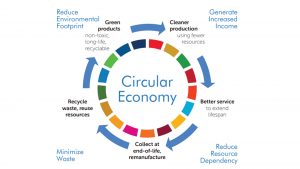
Contemplating the drivers proposed in Desk 1, an essential a part of the analysis group’s work focuses on the definition of recent metrics for optimum sizing and operational management methods of ES applied sciences. Right here, along with the standard financial indicators, such because the levelized value of storage, metrics with cradle-to-cradle life cycle perspective, social and environmental impacts and income stacking are thought of. Metrics containing details about the true financial ‘values’, aside from the obvious value and life cycle horizon as an alternative of a challenge finance horizon, are being proposed. This metric dedication depends strongly on superior simulation methods, optimisation and techno-economic fashions that take into account life cycle co2 footprint or life cycle income per put in capability centring on the ES belongings slightly than solely on their power output. The latter is effective in initiatives the place power arbitrage isn’t the one or the principle service being offered by the ES belongings.
Vitality storage applied sciences that acquire rising consideration are thermal power storage (TES), with interoperability between heating and cooling networks and ammonia/hydrogen in transportation software and energy technology. The authors have not too long ago revealed a brand new methodology and a novel set of metrics for the optimum sizing of photo voltaic hydrogen methods (Fig. 4). On this work, the optimum sizing ratios of the system parts for holistic system optimisation are literally totally different as in comparison with optimum sub-system optimisation – vectors resulting in this discrepancy are as a result of interactions of the parts.
There’s a sturdy want for brand spanking new enterprise fashions and an optimisation mechanism to translate the worth supplied by ES belongings within the power matrix into tangible advantages contemplating societal sustainability as an entire. As an example, challenge builders working with income stacking schemes are to offer a number of providers with the identical belongings, thus rising the financial viability with optimum design and operation of such fashions. This challenge goals to suggest such designs and operation schemes by a holistic system method to bridge the price profit and the financial viability hole.
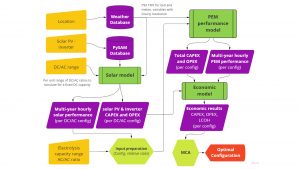
One of many enterprise fashions proposed by the group is offering power storage as a service (ESaaS), the place alternatives have been recognized to minimise threat and maximise knowhow allocations by contemplating service, growth, and infrastructure enterprise chain. On this enterprise mannequin, the builders deploying the ES belongings are remunerated per capability on a take-or-pay foundation the place customers or third-party retailers optimise the operation of the belongings to their wants. The challenge growth and operation dangers are thus diverted.
Our final objective is to contribute to assuaging the local weather disaster with the mixing of ES within the power methods by participation in Job 41 ES-TCP and thru cutting-edge analysis initiatives. The ES expertise is, usually talking, mature the place the limiting issue for its broad deployment is the dearth of techno-economic methodologies and enterprise frameworks. Via collaboration with industrial specialists for applicability assurance, the developed prototype fashions have obtained optimistic suggestions, guiding challenge growth. The analysis staff is now within the course of of creating new metrics for ES design optimisation and optimum round financial system functions for ES applied sciences and vectors equivalent to lithium-ion batteries, hydrogen, and ammonia, amongst others.
Please notice, this text may also seem within the eleventh version of our quarterly publication.
